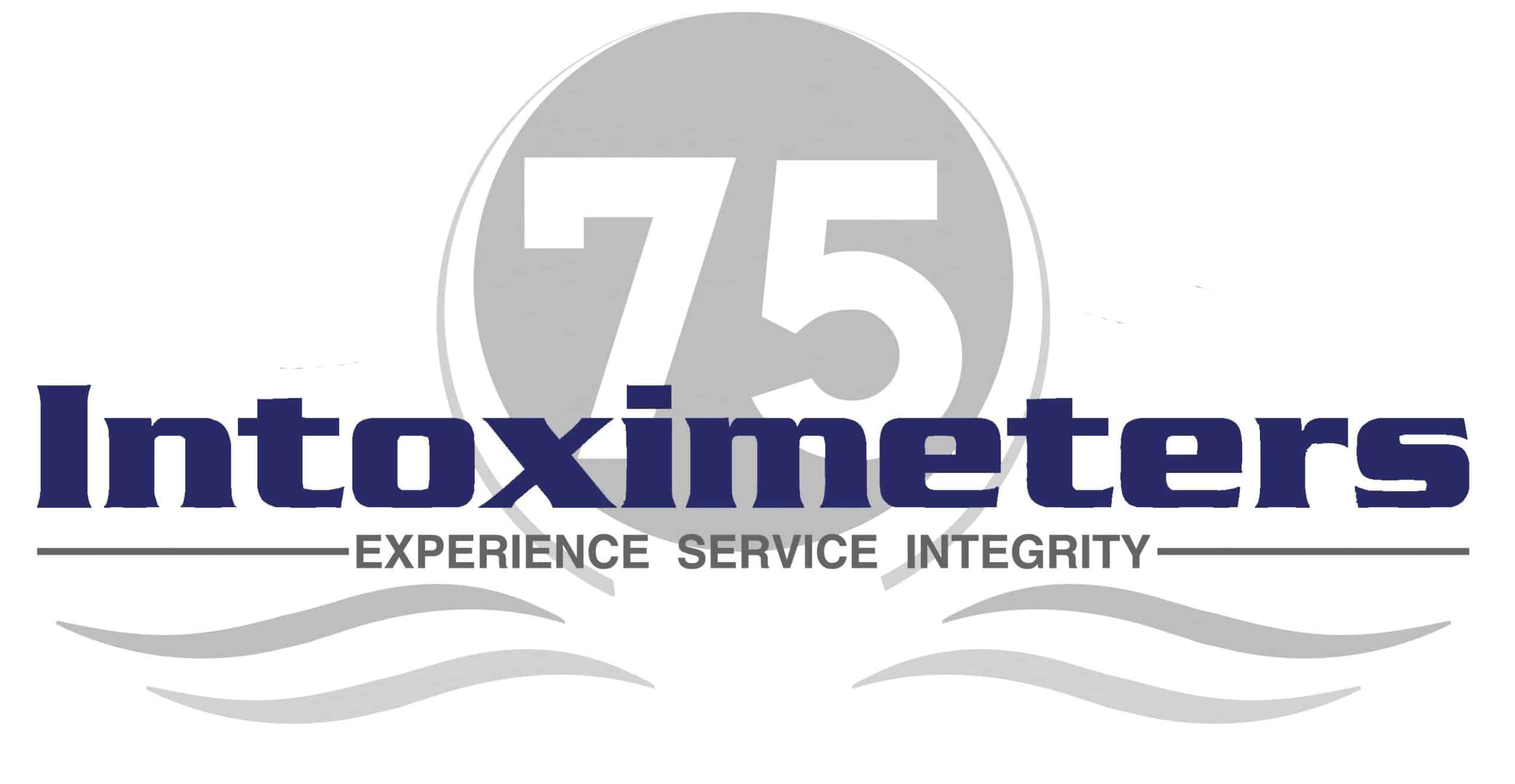One of the most common sources of confusion for new BAT’s is the difference between an “Accuracy Check” and a “Calibration“. In short, Calibration is a repair procedure and Intoximeters instruments do not require routine, regular calibration. However, the accuracy of any testing instrument should be checked (Accuracy Check) periodically per the requirements of your company policies or the Intoximeters Quality Assurance Plan (QAP).
Here is a further description of each:
ACCURACY CHECK (also known as EXTERNAL CALIBRATION CHECK or CALIBRATION CHECK)
An accuracy check is a test of a device’s ability to read a known alcohol standard within a specified tolerance. For Intoximeters breath alcohol testing instruments, this is accomplished by running a standard with a known alcohol concentration through the device’s sampling system and verifying that the result is within an acceptable tolerance range of the expected value of the standard. This procedure is called an “accuracy check” and is also referred to as a “calibration check” because it is a test (check) of proper calibration. DOT refers to the procedure in the regulations as an “external calibration check”. These terms are used interchangeably – they are all checking to make sure the device is reading alcohol correctly. If the result of an accuracy check is within the acceptable tolerance (+/- .005 g/210L as stated in the Intoximeters QAP), the device is considered accurate. If the reading is outside of the acceptable tolerance, the device is not providing accurate results and therefore must be repaired (calibrated).
Accuracy checks serve several purposes:
1. Validating subject test results. If your testing instrument reads the known standard within the acceptable tolerance range, then it is reasonable to assume the device will provide accurate readings on a subject test. Any subject tests performed between two successful accuracy checks are, by default, accurate.
2. Verifying long term accuracy. By documenting your accuracy checks in a calibration logbook, you can demonstrate the instrument’s performance over time. If you see that your instrument is consistently reading 1-2 points (.001 / .002) under the expected value of the standard, then this would indicate that the subject test results are also underestimated by a similar factor.
3. Instrument Check-ups. Wide variations in results of accuracy checks can be indicative of instrument issues that may require factory service. It is highly recommended that the instrument be inspected by an Intoximeters factory-certified technician at least once every two years in service. More information on factory recertification & inspections can be found at http://www.www.intox.com/t-techrecert.aspx or you may email requests to recert@intox.com.
CALIBRATION (also known as CALIBRATION ADJUSTMENT)
Per the Intoximeters QAP, a calibration is only necessary if the result of an accuracy check falls outside of the acceptable tolerance range. Calibration is the procedure used to force an instrument to read in conformance to a known standard. A calibration is not the same thing as a check, and as previously stated, Intoximeters instruments do not require routine calibrations. Many customers go long periods of time (months or even years) without having to perform a calibration. Under the U.S. Department of Transportation testing program, only trained individuals who are certified by the factory may perform a calibration (49 CFR Part 40.233).
HOW CAN YOU BECOME A FACTORY-CERTIFIED CALIBRATION TECHNICIAN?
Attendance at an Intoximeters BAT/EBT/Instructor course will provide training and certification as a Calibration Technician (Cal Tech). In addition, other customers who have attended our Instructor course and maintain a current status with us are able to train you as a Cal Tech with Intoximeters issuing the certificate. Please contact the Intox Training Academy at training@intox.com for further information.
